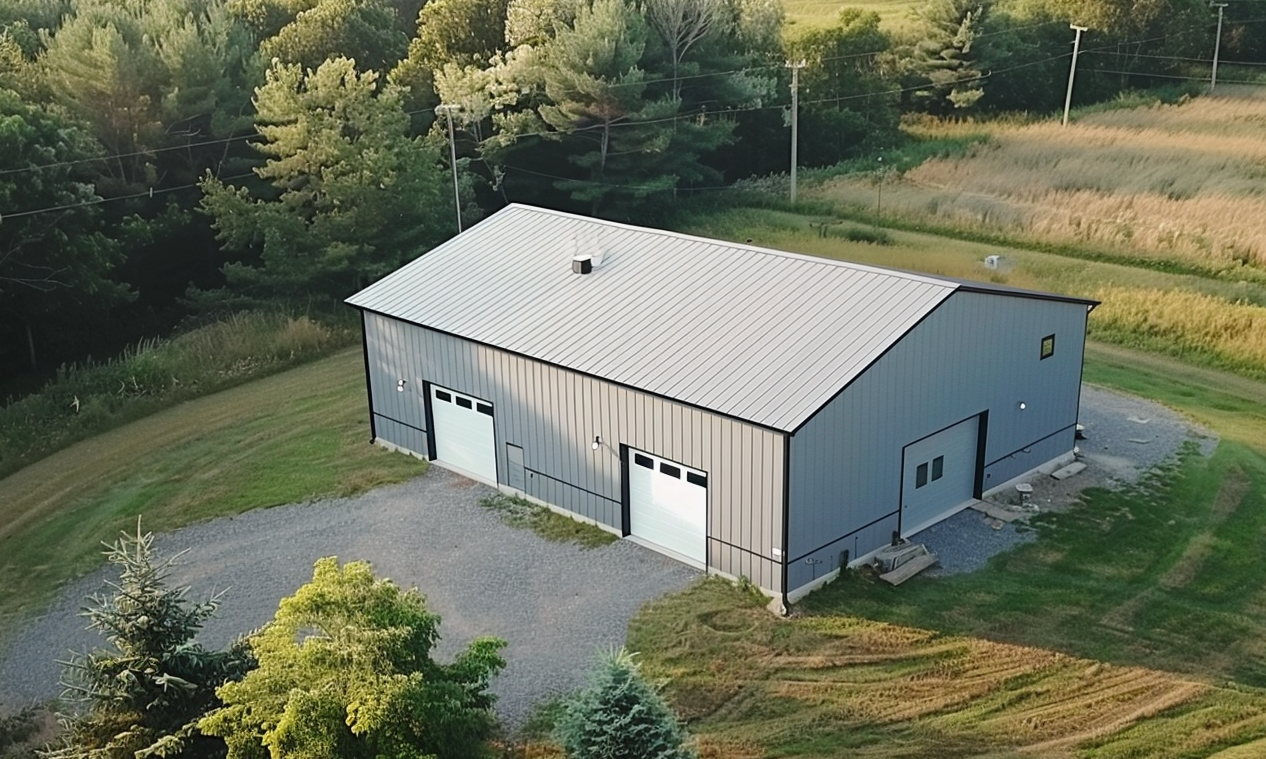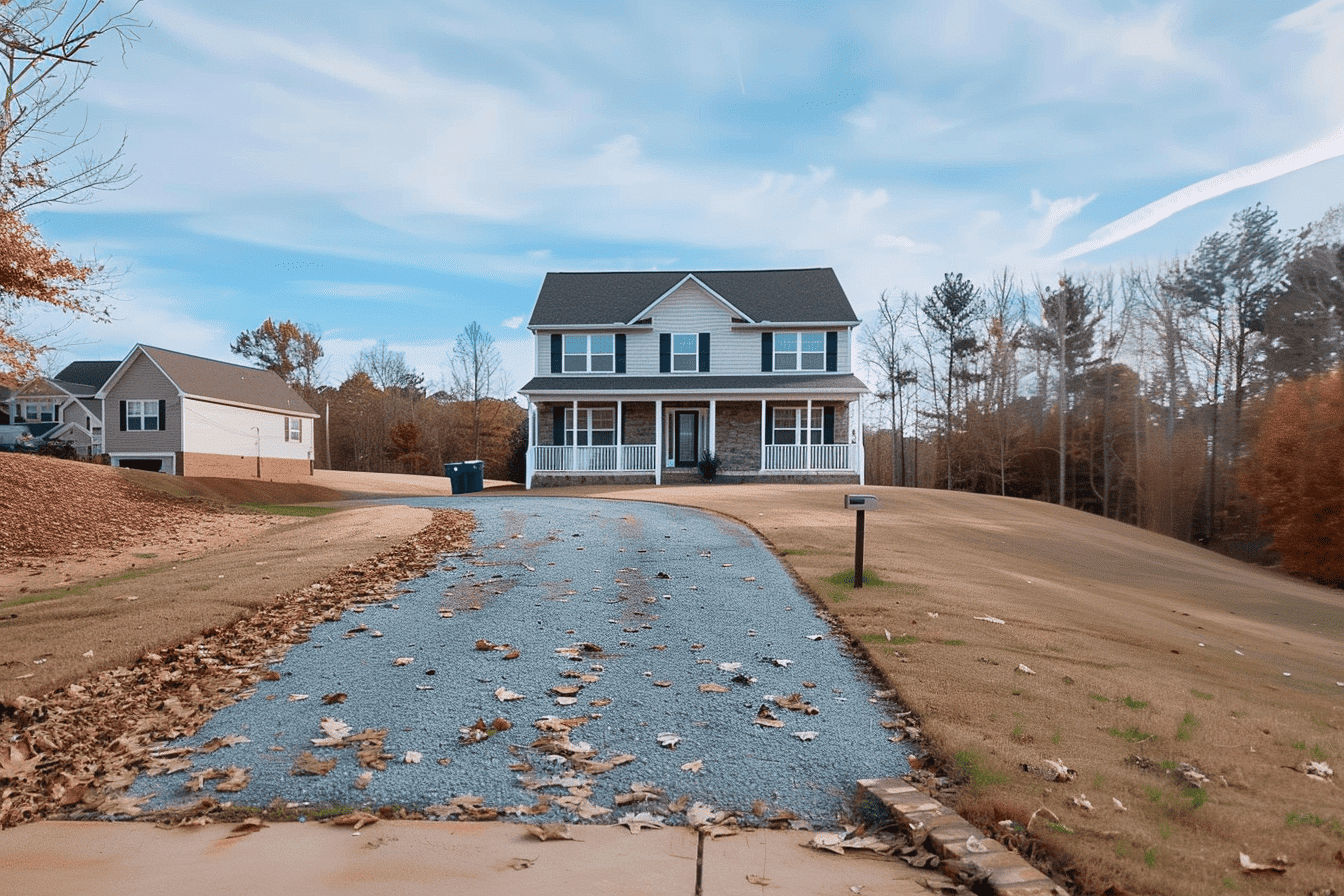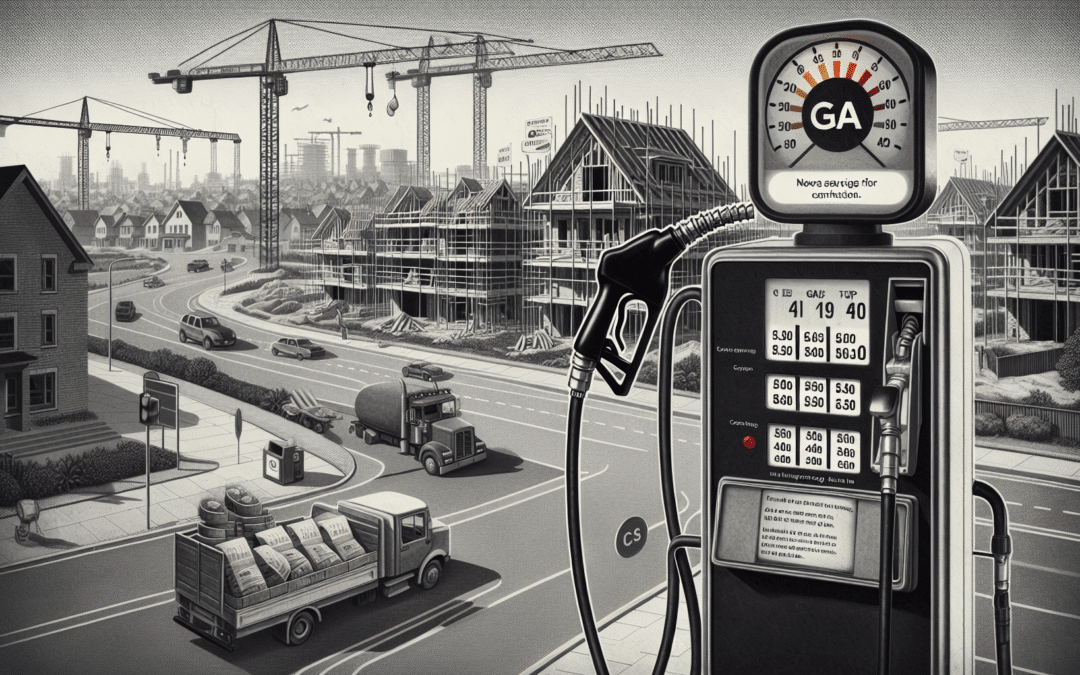Constructing for the Future: The 50×60 Space Cost Optimization Strategy
How do you blend aesthetics, versatility, and economy when constructing large spaces? The answer lies in optimizing the cost of 50×60 metal building kits. Are you intrigued about what the future of construction holds for us? Let’s delve in!
Overview of Metal Buildings and the 50×60 Steel Building Kit
The real estate industry has embraced metallic structural alternatives due to their impressive strength, durability, and sustainability. More specifically, the focus is now on the 50×60 steel building kit because of its fascinating features. Experimenting with new building concepts while still maintaining a cost-effective strategy is vital when dealing with considerable areas.
Why Opt for the 50×60 Steel Building Kit?
The lure behind the 50×60 building kit is not only its spaciousness but also its cost-effectiveness. The units have a capacity of 3000 square feet, providing sufficient room for various uses, such as commercial warehouses, aircraft hangars, or even an indoor sports facility. Not to mention, this construction strategy offers lower cost per square foot, making it a preferred choice amongst real estate developers and those venturing into the real estate investment trust.
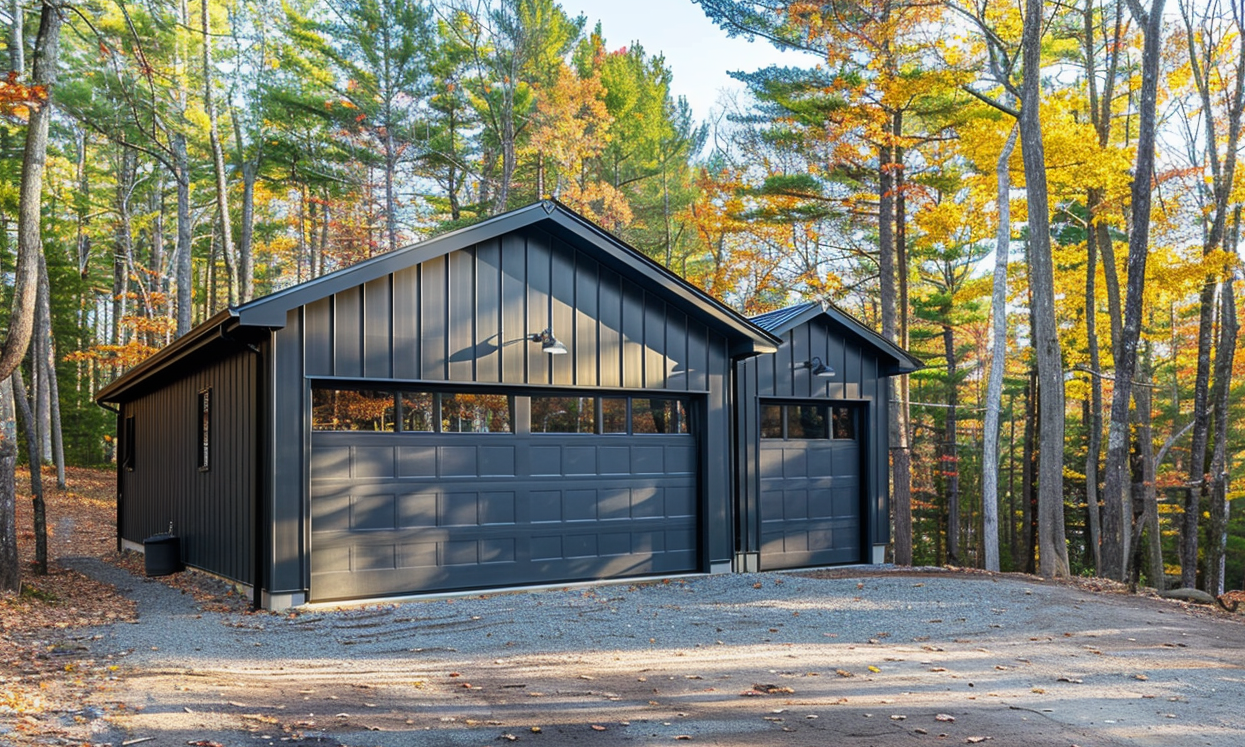
The Art of Cost Optimization in 50×60 Spaces
Smart choices during the planning and building stages reflect the final cost of any building project. Various strategies can be used to optimize the cost when setting up a 50×60 space. Here are the key areas to focus on:
Budget Planning
Project budgeting is a critical point for 50×60 space cost optimization. Budgeting allows you to identify potential areas of adjustment and save your project from unnecessary expenses.
Design and Size
The design process is a fantastic opportunity to weave in some cost-cutting measures. Here, you get to decide on the size and how to optimize it. For instance, a 50×60 space offers advantages such as economies of scale, which bring down the overall construction cost. Choosing a simple design also contributes to cost optimization.
Material Selection
Metal buildings offer durability, making them a practical choice for your 50×60 space. They are easy to maintain and withstand harsh weather conditions, contributing further to cost optimization in the long run.
Efficient Use of Space
Make use of space-saving designs to maximize the use of your 50×60 layout. This can also mean planning for multi-use of areas and employing smart storage solutions.
30×30 vs. 50×60: Analyzing the Economical Benefits
While the traditional 30×30 space construction has enjoyed its time in the limelight, the shift to larger spaces such as the 50×60 build is currently gaining traction. The trends remarkably showcase the 30×30 economical benefits; however, when compared to the 50×60 build, the latter’s economical benefits are not too far behind.
As we’ve discussed, the strength in 50×60’s value proposition lies in its economies of scale. The larger the building, the smaller the cost per square foot.
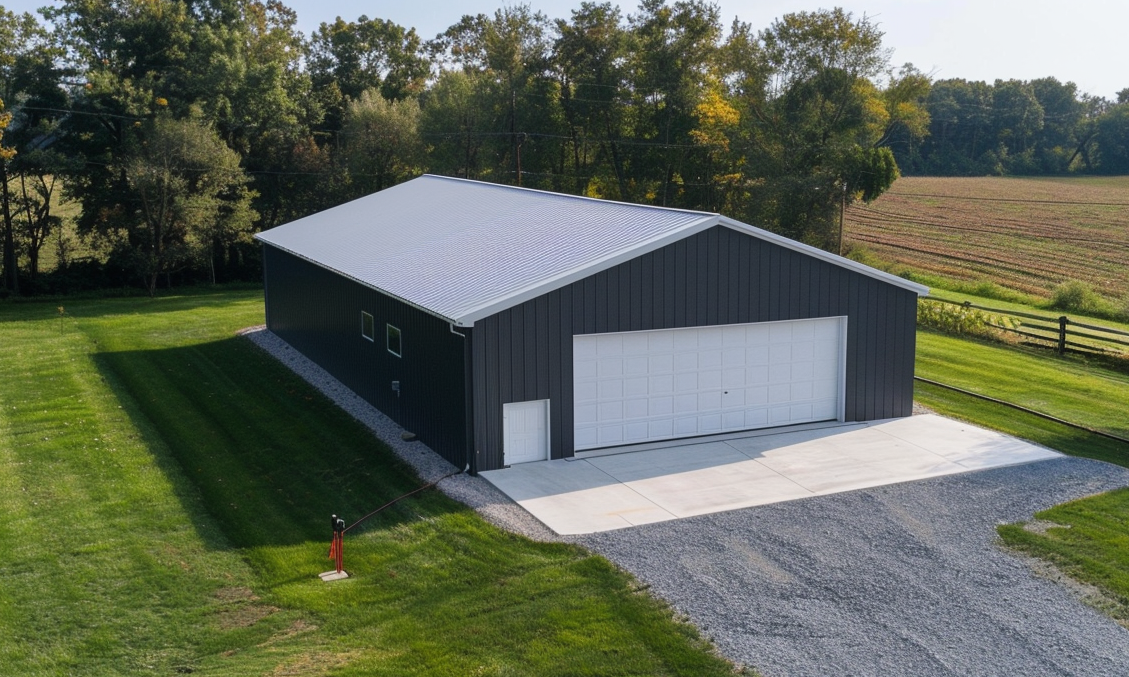 Conclusion
Conclusion
As we anticipate the future, one thing is for sure – the real estate industry curve is bending towards larger constructions while keeping the costs low. The adaptable and affordable 50×60 steel building kits make this possible, thus encouraging a shift in construction trends.
To effectively perform 50×60 space cost optimization, it is imperative to plan your budget, choose a modest design, select robust and durable materials, and smartly use the space. While this might initially seem a strain, the trade-off is a sturdy, durable structure with a lower cost per square foot, an alluring aspect for investors and real estate developers alike.
As we’ve illustrated in our 50×60 versus 30×30 cost comparison, large spaces inherently offer better economies of scale. Thus, shifting towards larger spaces like the 50×60 is not only a trend but a logical next step for cost-effective construction.
Embrace the future of metal buildings! Opt for a 50×60 steel building kit today, and reap the benefits of economical, durable and flexible construction.
